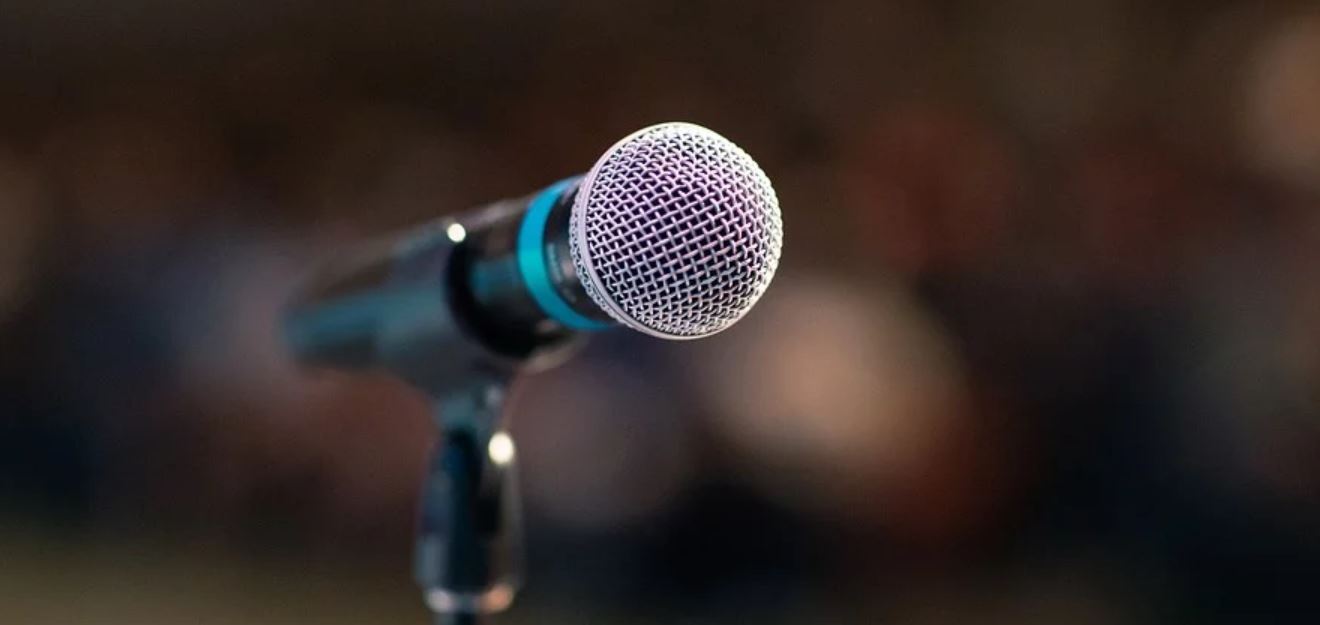It was a reunion weekend at my alma mater. It was great to see old friends and revisit my school days by sitting in on some “Back-to-School” classes — without the stress of homework or grades of course! I was worried if I would be able to enjoy the classes fully given my hearing loss, so I was proactive and spoke with the organizers ahead of time, to request that a microphone be used.
Arriving at the first class, I reminded the professor about my hearing issues and he assured me he was a loud speaker, but if I couldn’t hear, he would use the mic. I sat in the second row to make sure I was as close as possible and hoped for the best.
The professor was a loud talker — at the start of his sentence — but his voice trailed off as he reached the conclusion. I tried to catch his eye and held my hand behind my ear to indicate I was having trouble hearing — and it worked!
He stopped talking and walked over to get the mic. It was a clip-on mic and he was struggling to make it work. Someone called out from the class, “You don’t need it. We can hear you,” but to his credit, he kept fumbling with it.
“I saw some folks that were having trouble,” he said, and continued working until he succeeded. He then continued his lecture with a smile on both his face and mine. I was grateful for his efforts and his tact in not singling me out in his response.
How Can We Encourage Microphone Use?
Speakers are often resistant to using a microphone, even when it is obvious that it is required for proper acoustics. Perhaps it is because it makes a setting seem more formal, or speakers don’t like the sound of their own voice when amplified.
I have wondered why it was so easy in this situation to encourage the professor to use the microphone, even when it was not simple to execute.
Maybe it was because he was a music professor so the ability to hear is a critical part of his lessons and priorities. Maybe it was because it was a class of alumni, and he had been warned to make us feel as welcome as possible. Maybe it was the fact that I asked him in advance so when I signaled my difficulty hearing he was mentally prepared for the fact that he might have to mic up.
Whatever it was — I was grateful. I imagine I was not alone.
As people with hearing loss, we must advocate for the use of microphones, in all meetings, large and small. But what can we do?
- Make your requests in advance. This way you increase the chances that the required equipment will be present and that the speaker will be prepared to use it.
- Remind the speaker at the event. Arrive at a meeting or event a few minutes early so you can remind the speaker about your hearing issues and request that they use the microphone.
- Use body language to indicate trouble hearing. Holding your hand behind your ear or giving a little wave to catch the speaker’s attention can let them know the microphone is not functioning properly or needs to be used without disrupting the flow of the talk.
- Share this informative video (below) with meeting organizers. “Like the Mic,” produced by Rooted in Rights in conjunction with Hearing Loss Association of America, clearly explains the importance of using a microphone in meetings of all types. It also dispels common excuses for not using a microphone, like “I have a loud voice,” or “Everyone can hear, right?”
If current trends in hearing loss prevalence continue, one day soon, microphones will be the norm. But until that day, we must continue to educate and advocate for change.

Shari Eberts is a hearing health advocate, writer, and avid Bikram yogi. She is the founder of Living With Hearing Loss, a blog and online community for people living with hearing loss and tinnitus. She also serves on the Board of Trustees of Hearing Loss Association of America. Shari has an adult-onset genetic hearing loss and hopes that by sharing her story she will help others to live more peacefully with their own hearing issues. Connect with Shari: Blog, Facebook, LinkedIn, Twitter.






